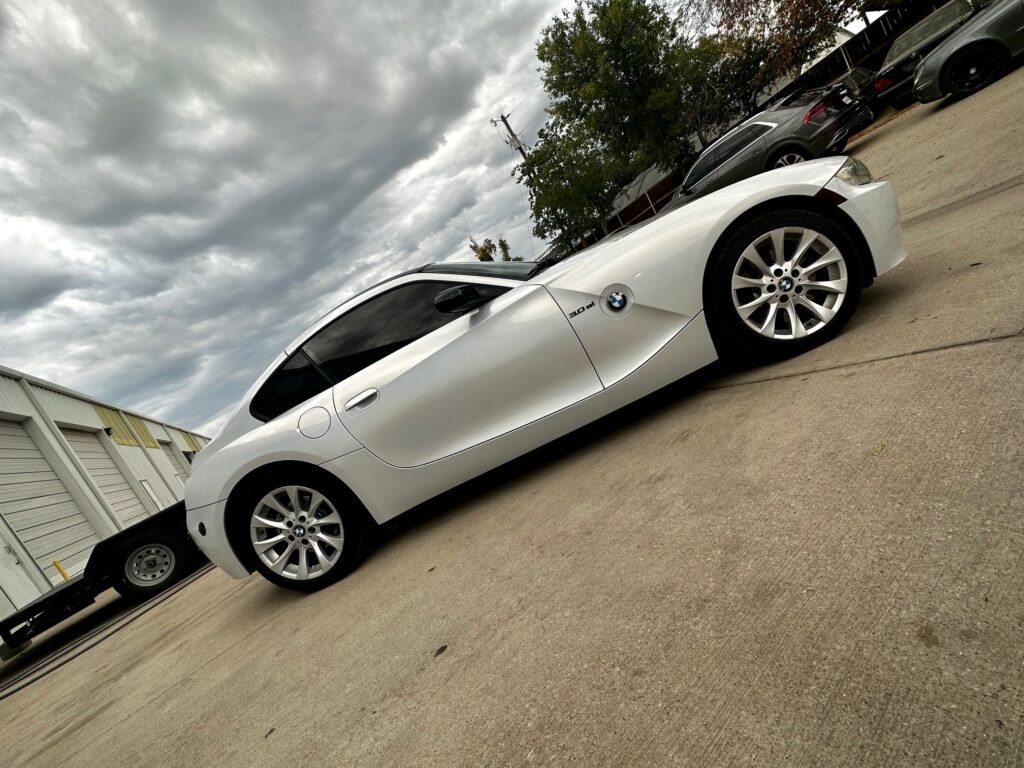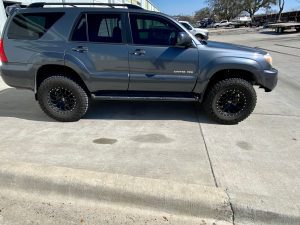Understanding Legal Window Tint in Texas: A Guide for DFW Vehicle Owners
As a vehicle owner in the Dallas-Fort Worth (DFW) area, you probably already know that the Texas sun can be relentless, especially during the scorching summer months. One way to combat the heat and protect yourself and your vehicle’s interior is by installing window tint. However, before you go ahead and get your windows tinted, it’s crucial to understand the legal tint regulations in Texas to avoid any fines or legal trouble. This article aims to provide DFW vehicle owners with a comprehensive guide to legal tint in Texas.

Understanding Texas Tint Laws
Texas has specific regulations in place to ensure that vehicle tints are not too dark, allowing law enforcement officers to maintain visibility into a vehicle’s interior for safety reasons. Here are the key aspects of Texas tint laws you need to be aware of:
1. Visible Light Transmission (VLT): The most critical factor in Texas tint laws is the VLT percentage. VLT measures the amount of visible light that passes through your vehicle’s windows. In Texas, the legal VLT limits are as follows:
– Windshield: Non-reflective tint is allowed along the top 5 inches of the windshield. Front side windows must have over 25% VLT.
– Back side windows and rear window: There are no restrictions on tint darkness for these windows. You can legally have darker tint on these windows as long as your vehicle has side mirrors.
2. Reflective Tint: Texas law also regulates the reflectivity of tint. Tint that reflects more than 25% of visible light on the front side windows is not allowed.
3. Medical Exemptions: Certain medical conditions may qualify you for an exemption from Texas tint laws. However, you must obtain a Medical Exemption Certificate from the Texas Department of Public Safety (DPS) to install tint that exceeds legal limits.

Choosing the Right Tint
Now that you understand the legal limits, it’s essential to choose the right tint for your vehicle. Consider the following tips:
1. Consult a Professional: It’s advisable to consult with a professional window tinting service in DFW. They are well-versed in local regulations and can help you select the right tint for your needs.
2. UV Protection: Look for tints that offer UV protection. This not only keeps you safe from harmful UV rays but also helps protect your vehicle’s interior from fading and damage.
3. Heat Rejection: DFW summers can be brutal. Consider tints that offer high heat rejection to keep your vehicle cooler and reduce the strain on your air conditioning.
Conclusion
Legal Window tint in Texas is not only about staying within the law but also about enhancing your driving experience in the DFW area. With the right tint, you can protect yourself from the sun’s harsh rays, maintain your vehicle’s interior, and stay comfortable throughout the year. Remember to always check with a professional window tinting service to ensure you comply with Texas tint laws while enjoying the benefits of tinted windows. Safe and stylish driving in DFW starts with understanding and adhering to legal tint regulations.
In Texas, windshield tint regulations are clear and concise. The state allows a strip of non-reflective tint to be applied along the top 5 inches of the windshield. This strip is often referred to as an “eyebrow” or “sun visor” and serves the dual purpose of reducing glare from the sun while remaining within the legal limits. However, it’s important to note that applying tint below this specified 5-inch mark on the windshield is prohibited in Texas. Vehicle owners should ensure that any tint applied to their windshield adheres to these guidelines to stay in compliance with Texas windshield tint regulations and avoid potential fines.

Frequently Asked Questions (FAQ) – Legal Window Tint in Texas
Q1: What are the legal regulations for window tinting in Texas?
A: In Texas, the law regulates the darkness of window tint based on the Visible Light Transmission (VLT) percentage. Front side windows must allow more than 25% VLT, while rear side windows and the rear window can have any darkness.
Q2: Can I tint my front side windows to match the darkness of my rear windows?
A: No, Texas law requires front side windows to have a minimum of 25% VLT, which means they must allow at least 25% of light to pass through. Rear side windows and the rear window have no restrictions on darkness.
Q3: Is there a limit on the darkness of the tint for the windshield?
A: Yes, the top five inches of the windshield can have non-reflective tint, but the darkness must not exceed 25% VLT.
Q4: Are there any restrictions on reflective tint?
A: Yes, reflective tint is not allowed on the front side windows, and the total reflectance on all windows must not exceed 25%.
Q5: Are there medical exemptions for darker window tint?
A: Yes, individuals with certain medical conditions may be eligible for an exemption from the window tint laws in Texas. A licensed physician must provide documentation supporting the need for darker tint.
Q6: What are the consequences of having illegal window tint in Texas?
A: Driving a vehicle with illegal window tint in Texas may result in fines ranging from $100 to $200. Additionally, the vehicle may be required to pass an inspection to ensure compliance with tint regulations.
Q7: Do I need to have a sticker or certificate for my tinted windows?
A: Yes, Texas law requires a certificate that verifies the window tint complies with state regulations. This certificate should be provided by the installer and must be kept in the vehicle.
Q8: Can I use aftermarket tint on my vehicle, or does it have to be factory-installed?
A: Aftermarket tint is allowed in Texas, as long as it complies with state regulations. The key is ensuring that the tint installer provides a certificate verifying the tint’s compliance.
Q9: Can law enforcement officers test my window tint during a traffic stop?
A: Yes, law enforcement officers in Texas are equipped with tools to measure window tint darkness during routine traffic stops. Non-compliance may result in citations.
Q10: Are there any exemptions for commercial vehicles regarding window tint?
A: Yes, commercial vehicles are subject to different window tint regulations. Front side windows must allow over 70% VLT, while rear side windows and the rear window can have any darkness.
Understanding the legal regulations for window tint in Texas is crucial to avoid penalties and ensure safe and legal driving. If you have further questions or concerns, it’s recommended to consult with local authorities or a certified window tint professional.






